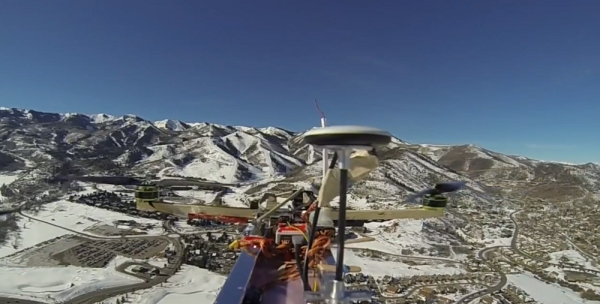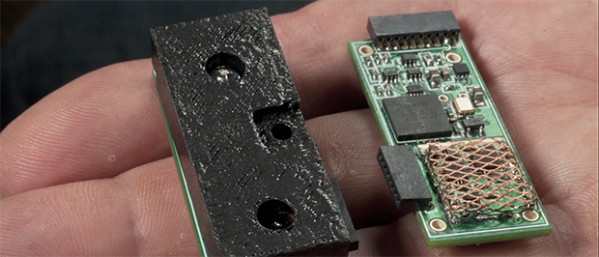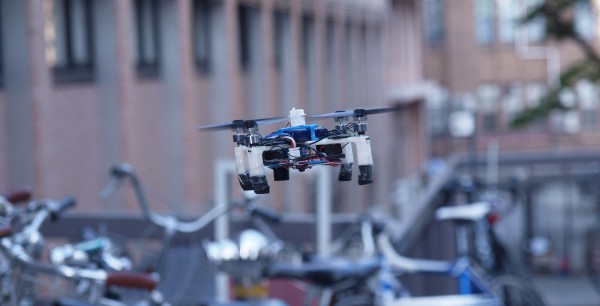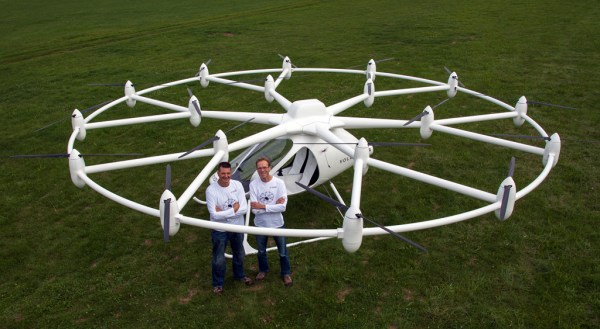
Registration is open for Sparkfun’s 2014 Autonomous Vehicle Competition (AVC)! Every year the fine folks at Sparkfun invite people to bring their robots, rovers, and drones to Colorado to see who is the king of the hill – or reservoir as the case may be. We see plenty of robots here at Hackaday, but precious few of them are autonomous. To us that means capable of completing complex tasks without human intervention. Sparkfun has spent the last five years working toward changing that. Each year the robots get more complex and complete increasingly difficult tasks.
The competition is essentially a race through the Boulder reservoir. Time is key, though there are multiple ways to gain bonus points. For aerial vehicles there are two classes: fixed and rotary wing. Planes fall under the fixed wing category. Helicopters, gyrocopters, tricopters, quadcopters, and beyond fall into rotary wing. We’re holding out hope that e-volo shows up with their Octadecacopter. Ground vehicles have a few more class options. Micro/PBR class is for robots with a build cost less than $350 total, or small enough to fit into box that’s 10″x6″x4″. The doping class is unlimited. Sparkfun even mentions costs over $1kUSD+, and weights over 25LBS. Non-Traditional Locomotion class is for walkers, WildCats and the like. Peloton is Sparkfun’s class for robots that don’t fit into the other classes.
Sparkfun is also making a few changes to the course this year. A white chalk line will be drawn through the course, so robots don’t have to rely on GPS alone for navigation. We’re hoping to see at least a few vision systems using that chalk line. Aerial robots will have to contend with three “Red Balloons of Death”. Robots can navigate around the balloons without penalty. The balloons can be bumped or even popped for bonus points, but the robot must do this with its own body. Projectile weapons are not allowed. To say we’re excited about the AVC would be an understatement. As much as we enjoy watching the big players at competitions like the DARPA Robotics Challenge, we love seeing individuals and small teams of hobbyists compete every year at the AVC. Click on past the break for Sparkfun’s AVC 2013 wrap up video.
Continue reading “Sparkfun’s AVC 2014: Robots, Copters, And Red Balloons Of Death, Oh My!”

















